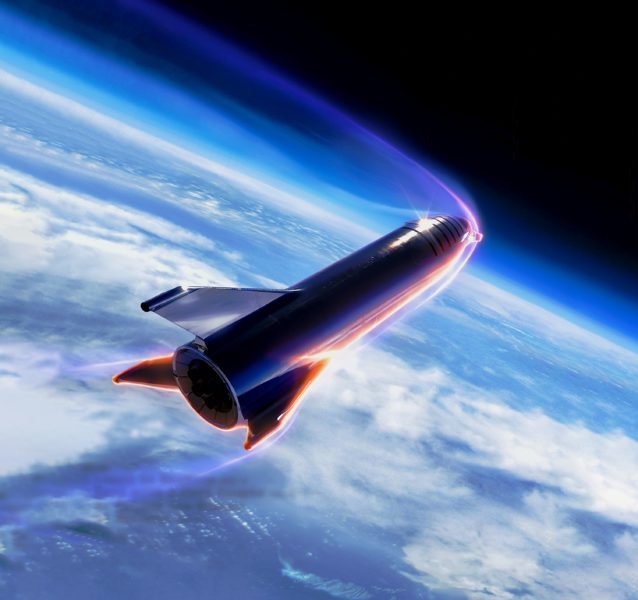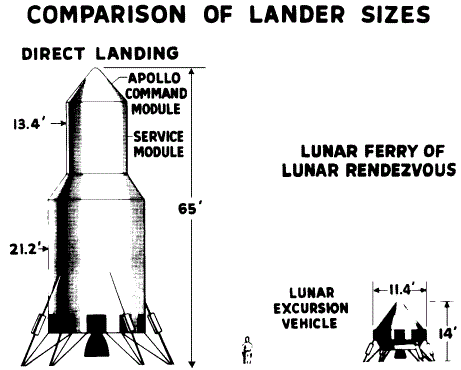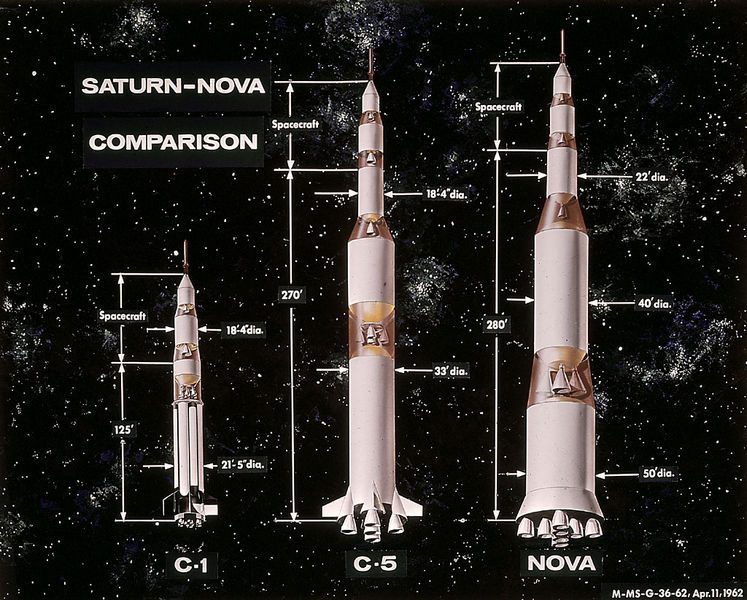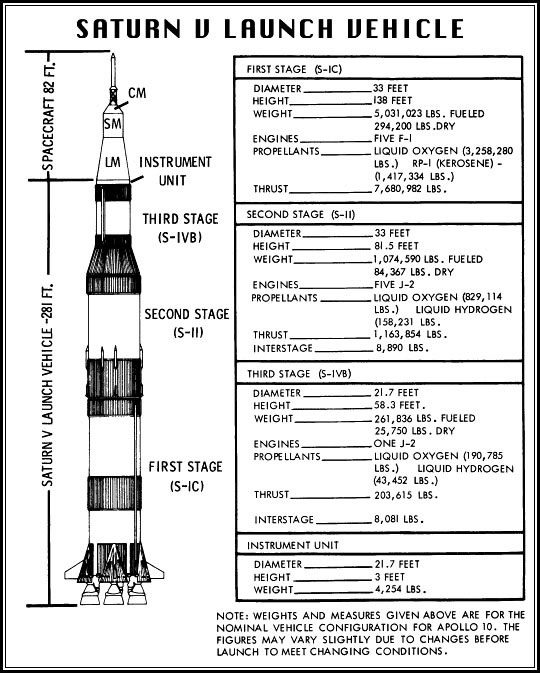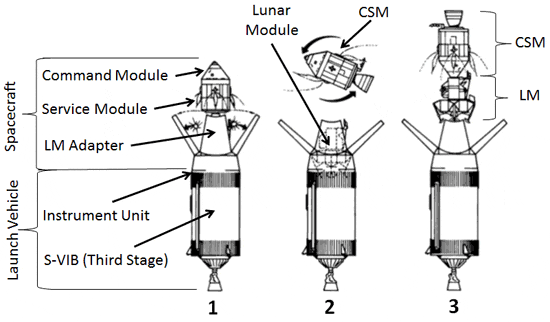- 22,551

- Arizona
- HamiltonMP427
Well if the government doesn't increase NASA's budget, it won't. They also need to stop asking Boeing to build everything. They are not the quickest at what they do. If anyone makes it to the Moon in 5 years it will be SpaceX...
That seems bias, especially with a few other groups out there as capable if not more. Also JLA =/= Boeing alone.

